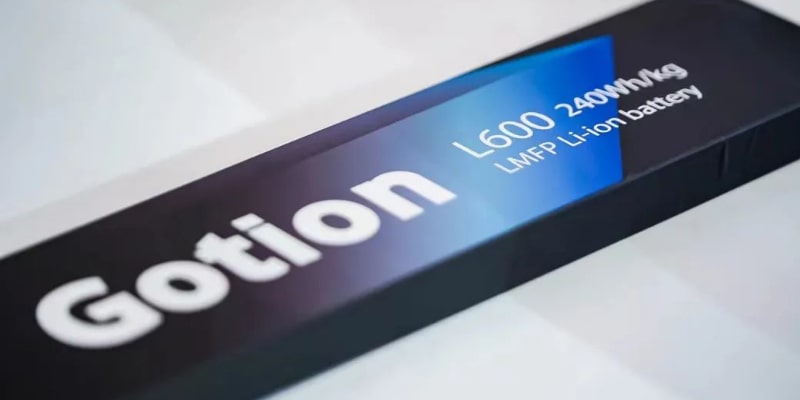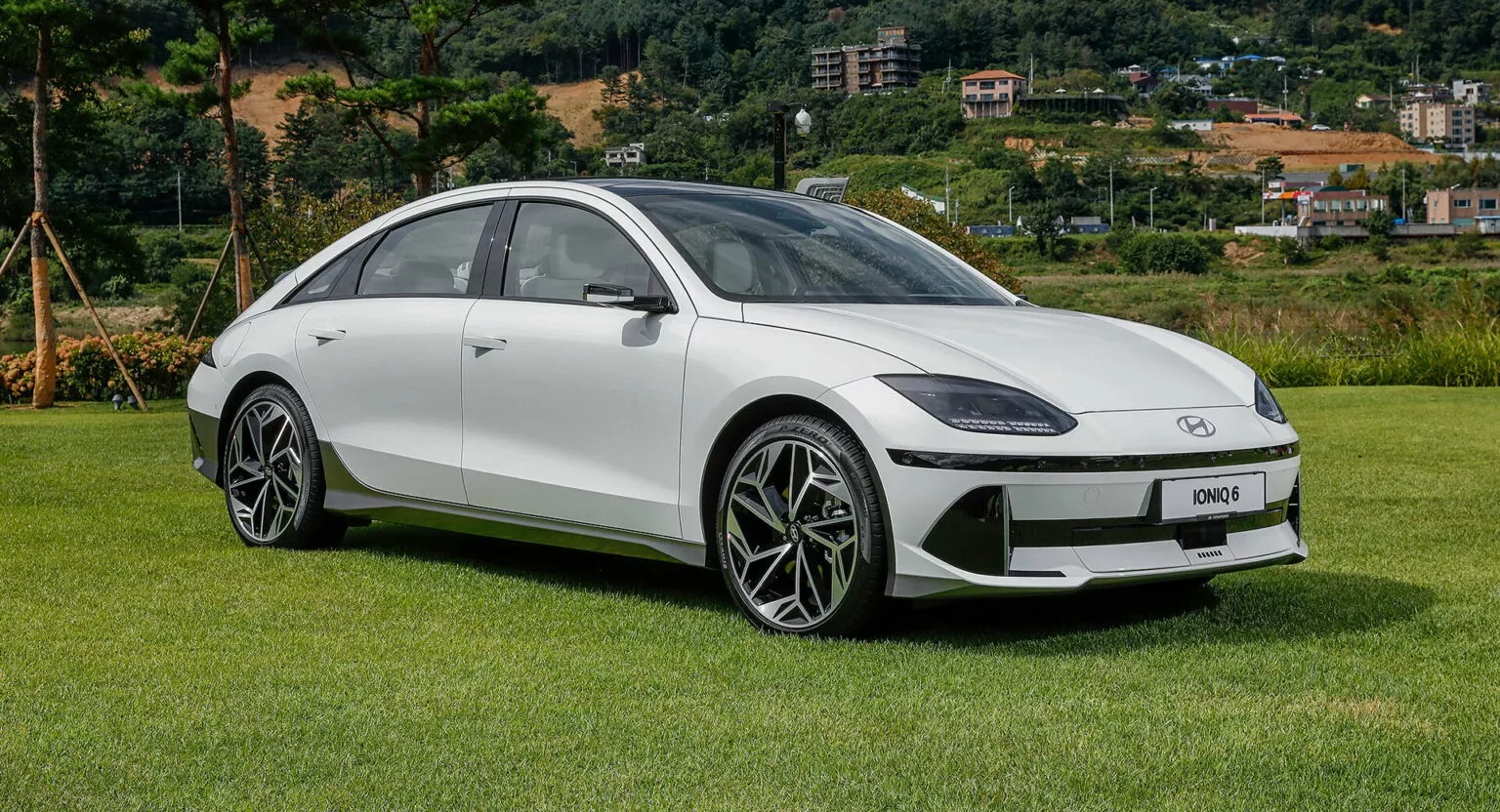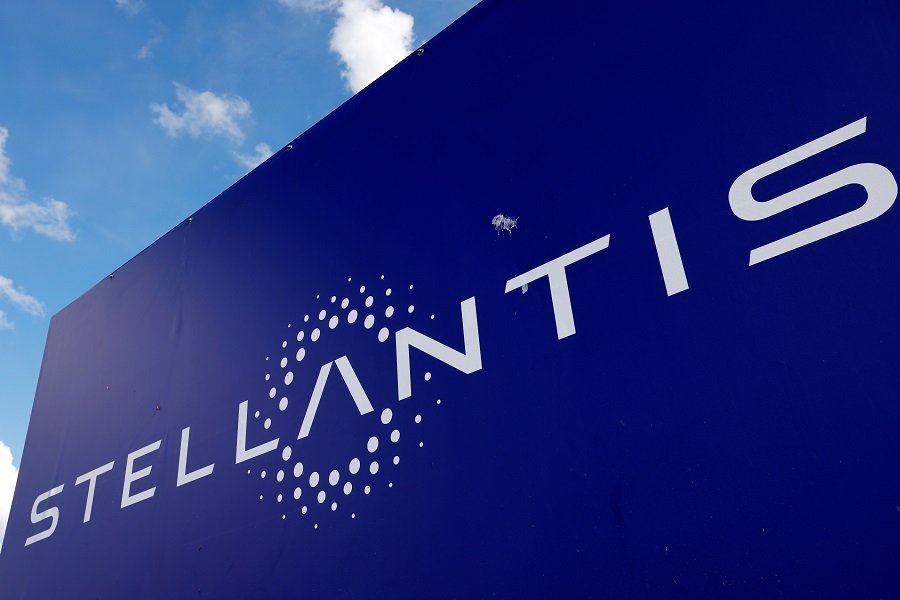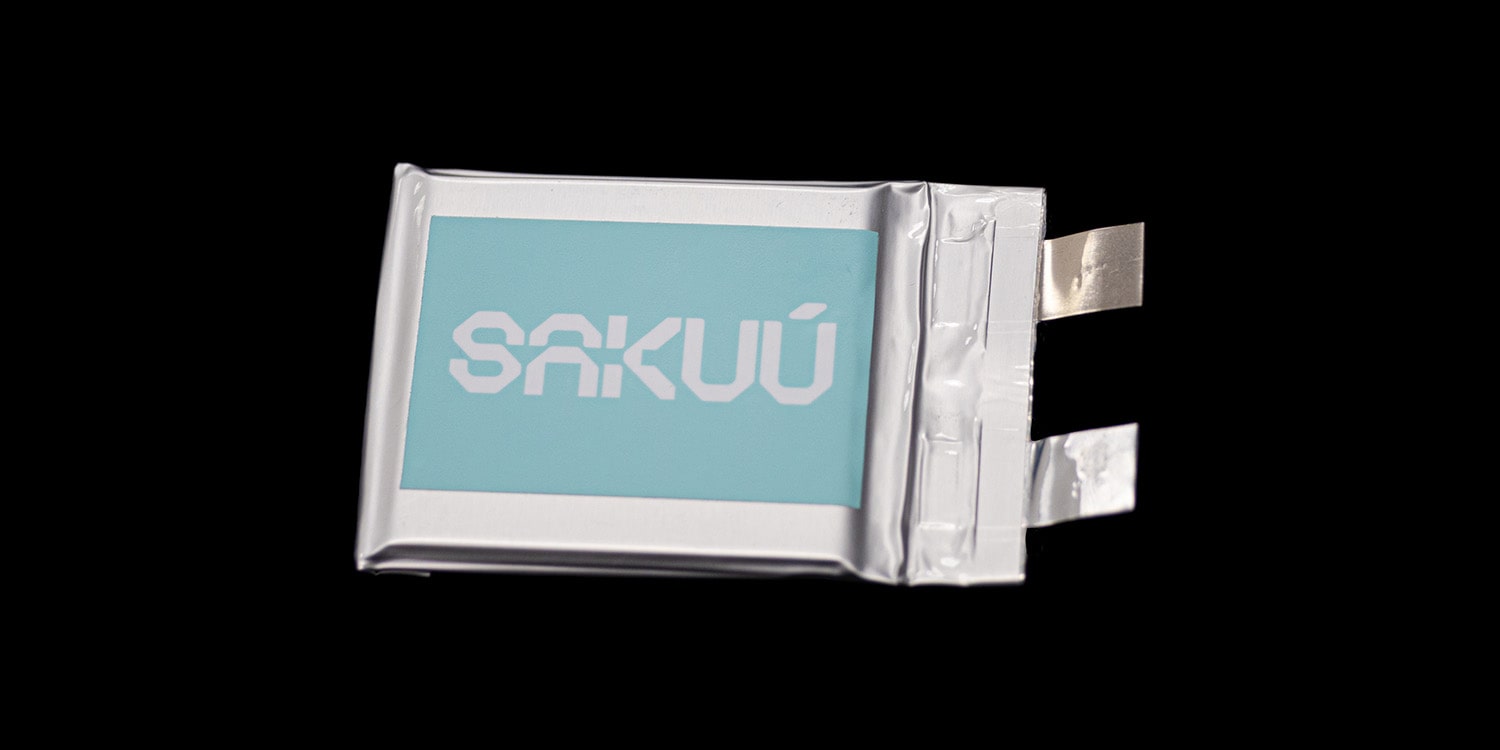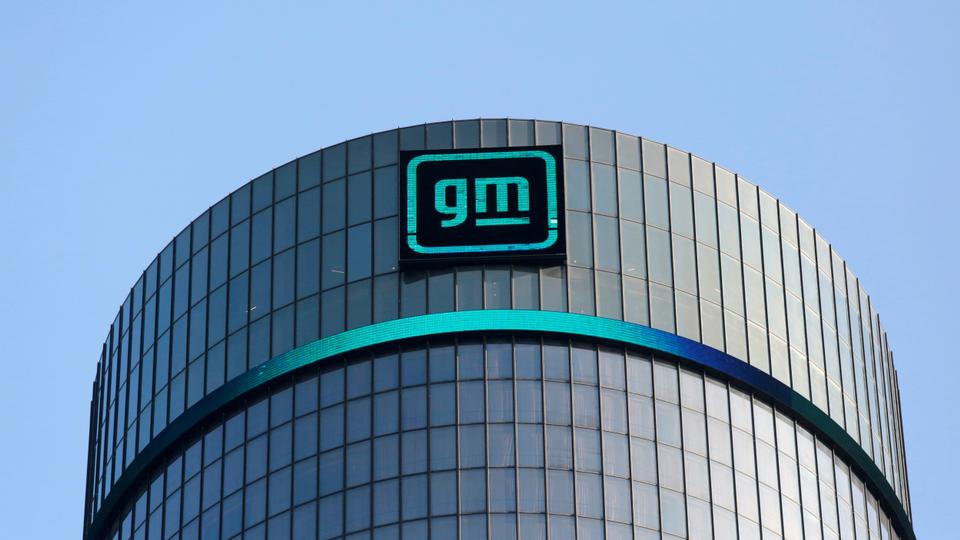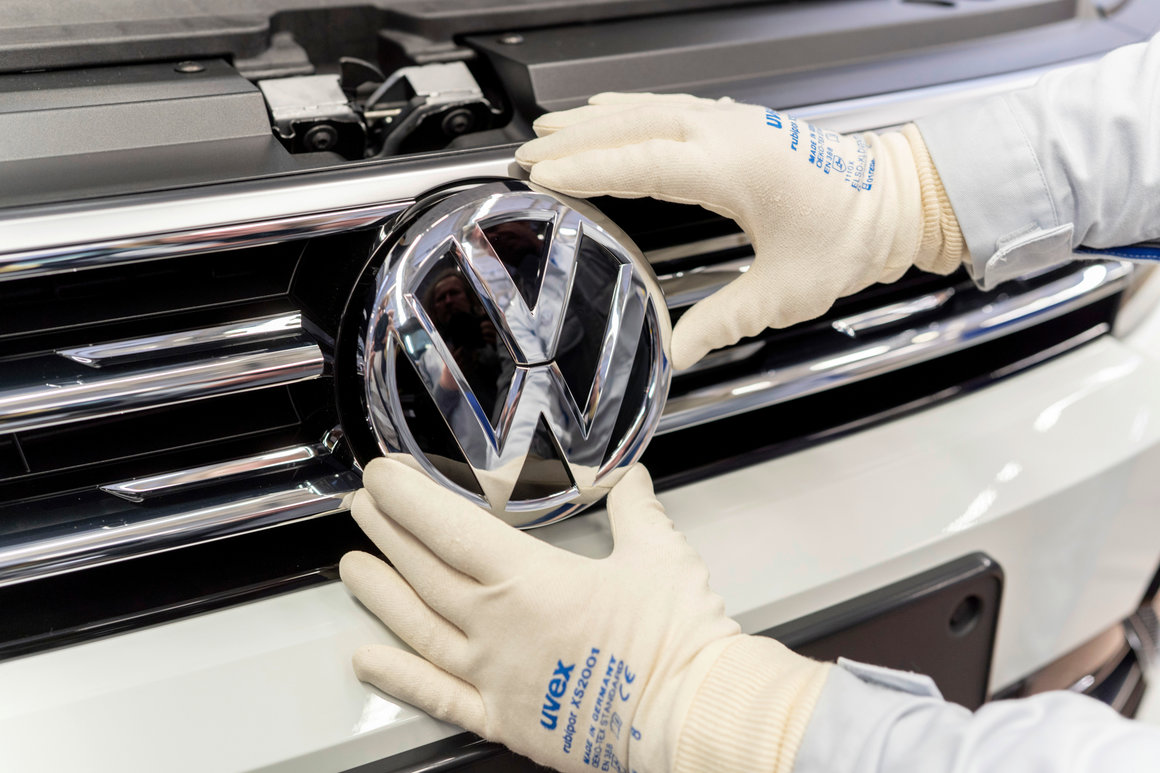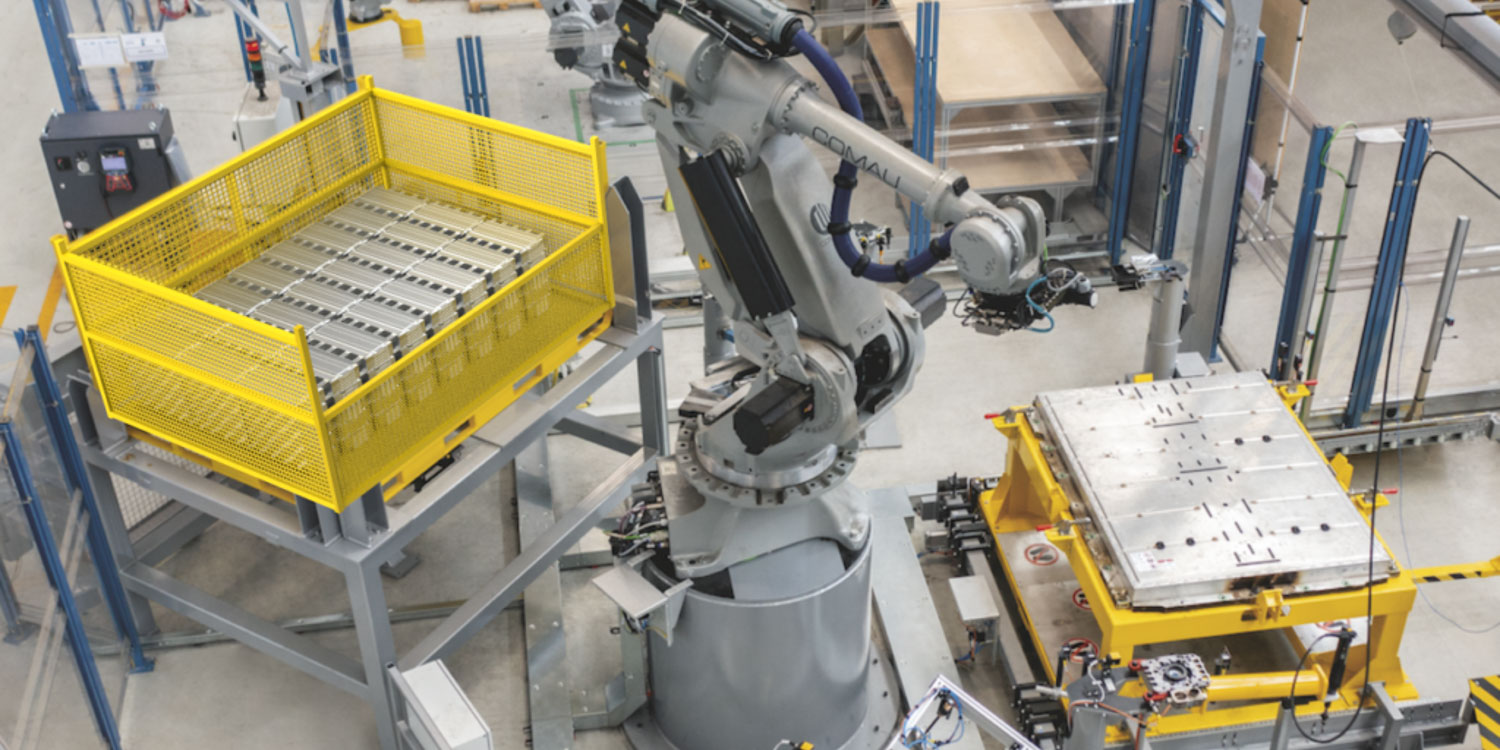The Chinese battery cell manufacturer Gotion High-Tech has made a significant breakthrough in the field of electric vehicle (EV) batteries. They have recently introduced a new battery cell called Astroinno L600, which is based on lithium manganese iron phosphate (LMFP) chemistry. This innovative cell aims to propel electric cars to achieve ranges of up to 1,000 kilometers, as per Chinese standards.
The developments at Gotion High-Tech have captured the attention of industry experts, particularly in Germany, where Volkswagen has become the largest single shareholder in the Chinese battery cell specialist since the end of 2021. Gotion claims that their new cell, Astroinno L600, has the potential to enable electric vehicles to reach the impressive 1,000-kilometer mark without relying on the nickel-cobalt-manganese (NCM) chemistry, which is known for its higher energy density. However, it’s important to note that the 1,000-kilometer range specified by Chinese standards may differ significantly from the real-world range experienced by drivers.
The Astroinno L600 is expected to enter mass production in 2024, but it remains uncertain whether Volkswagen will be among the customers. What has been confirmed is that Gotion will supply the Volkswagen Group with cells utilizing lithium iron phosphate (LFP) chemistry for vehicle production both in and outside of China.
Let’s delve into the details of the new LMFP cell. Gotion claims that it achieves a gravimetric energy density of 240 Wh/kg and a volumetric energy density of 525 Wh/L. The battery pack utilizing these cells, known as the Astroinno battery pack, boasts an energy density of 190 Wh/kg. Furthermore, Gotion asserts that the new LMFP cells have a service life of over 4,000 cycles at room temperature and 1,800 cycles at high temperature.
One notable difference in the composition of the LMFP cell is the replacement of the lithium iron phosphate cathode with lithium manganese iron phosphate. This substitution is expected to significantly increase both the energy density and fast-charging capability of the battery. Although Gotion claims a fast-charging time of 18 minutes, they have not disclosed the state of charge (SoC) range or the charging power associated with this figure. In terms of the battery pack’s construction, Gotion employs a double-sided liquid cooling sandwich structure and follows a minimalist design approach. This approach reduces the number of structural parts in the battery pack by 45 percent and decreases the weight of these parts by 32 percent.
Interestingly, the pursuit of LMFP technology extends beyond Chinese suppliers. Several German companies are also investing in this material. For instance, IBU-Tec Advanced Materials aims to expand its LFP battery materials range by incorporating a variant with added manganese. Additionally, a consortium involving Varta and the Centre for Solar Energy and Hydrogen Research Baden-Württemberg (ZSW) is working towards developing LMFP cells specifically for electric aviation.
Alternatively, some manufacturers are exploring the concept of achieving higher energy densities at the pack level through cell-to-pack (CtP) technology. CATL, for instance, has been focusing on their third generation of CtP technology, which is expected to enable energy densities of 160 Wh/kg for LFP cells.
In summary, Gotion High-Tech’s introduction of the Astroinno L600 battery cell, based on lithium manganese iron phosphate chemistry, is poised to revolutionize the electric vehicle industry by aiming for ranges of 1,000 kilometers. This breakthrough has garnered attention from major players like Volkswagen, as well as other companies and consortiums in Germany. LMFP technology is seen as a promising avenue for achieving higher energy densities and faster-charging capabilities in EV batteries.

